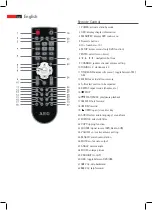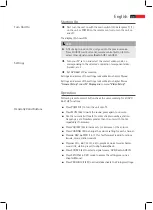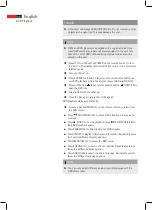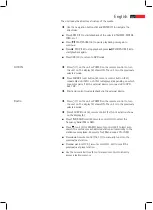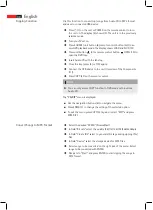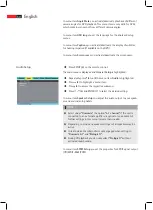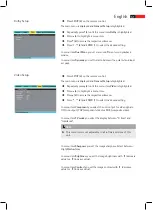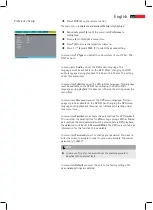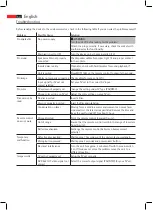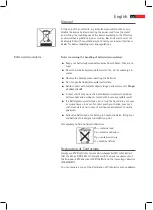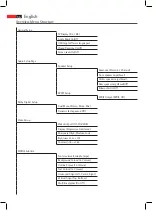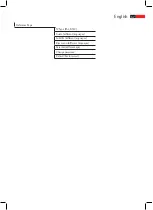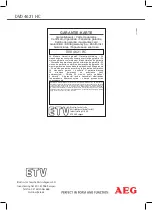
English
55
Batteries/Accumulator
Disposal
At the end of the useful life, in particular when malfunctions occur,
disable the device by disconnecting the power cord from the socket
and cutting the cord. Dispose of the device according to the effective
environmental regulations in your country. Electronic waste must not
be disposed of with household waste. Consult your local authorities or
dealer for advice regarding recycling regulations.
Notes concerning the handling of batteries/accumulators:
Keep your batteries/accumulators away from children. They are no
■
toys!
Never throw batteries/accumulators into fire, do not submerge in
■
water.
Observe the polarity when inserting the batteries.
■
Do not open batteries/accumulators forcibly.
■
Avoid contact with metallic objects (rings, nails, screws etc.)
■
Danger
of short circuit!
A short circuit may cause the batteries/accumulators to build up
■
extreme heat and perhaps to ignite, with burns as possible result.
If a battery/accumulator leaks, do not rub the liquid into your eyes
■
or mucus tissues. In case of contact, wash your hands, rinse eyes
with clear water, and, in case of continuous discomfort, consult a
physician.
Exhausted batteries do not belong to household waste. Bring your
■
old batteries to a designated collection point.
This symbol you find on harmful batteries:
Pb = contains lead
Cd = contains cadmium
Hg = contains mercury
Li = contains lithium
Declaration of Conformity
Hereby we, ETV Elektro-Technische Vertriebsgesellschaft mbH, declare
that the device DVD 4621 HC complies with the basic requirements of
the European EMC directive (2004/108/EG) and the low voltage directive
(2006/95/EG).
You can request a copy of the Declaration of Conformity via our address.


